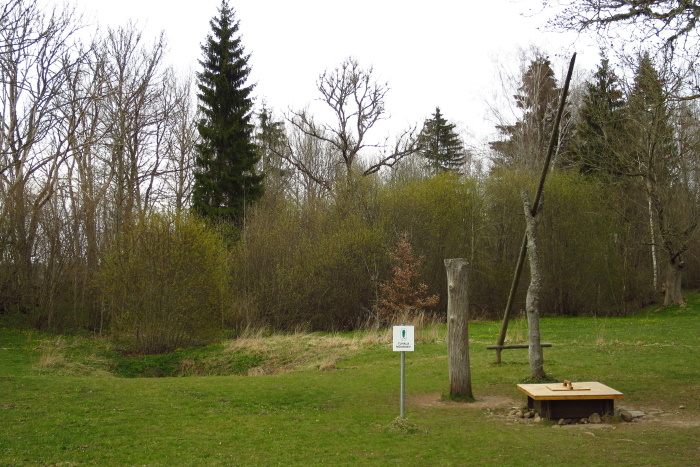About Nature Reserve
- The Nabala-Tuhala karst area is truly one of a kind in its extent throughout Europe.
- The protection of the area’s natural values began with the formation of the Tuhala hydrogeological reserve (Kata karst area) in 1989.
- The Nabala-Tuhala Nature Reserve was formed in 2014 on the basis of the Tuhala Landscape Protection Area, the Tammiku Nature Reserve, the special conservation area of Rahaaugu and the Angerja black stork species protection site.
- The largest karst areas of the region – Nabala, Kuimetsa and Tuhala – are connected to each other by underground watercourses.
- The discharge area of the Tuhala karst area is the Mahtra bog complex.
- During periods of normal water levels, the Tuhala River disappears underground at Ämmaauk (mother-in-law’s hole) and exits in the Veetõusme springs around one and a half kilometres to the north. Ämmaauk is a swallow hole around 25 m long and 3.5 m deep, with an approximate absorption capacity of 800 litres per second.
- A remarkable karst formation in the Tuhala karst area is the Virulase cave, which is Estonia’s longest (58 m), discovered in 1986. The cave is up to 7 metres deep and the total length of the passages is up to 90 metres.
- Fifteen spring and spring fen areas have been mapped in the Nabala region.
- The natural rivers and wet meadows are associated with the habitats of protected category I species – the black stork and the lesser spotted eagle.
- The calcareous spring fens and fens are home to more than 25 protected plant species, such as the fragrant orchid, the fly orchid, the marsh helleborine and the early marsh-orchid.
- The protected area is divided into six special management zones and two limited management zones.
- Movement in the special management zone of Sõmeru is prohibited from 15 March to 31 August and in the special management zone of Heinasoo outside the river and its shore path from 15 April to 14 July.
- The protected area is managed by the Estonian Environmental Board.
